Fossil hunting at Cave House
The Catskill Geologists; The Mountin Eagle; Sept. 27, 2019
Robert and Johanna Titus
Are you going to the Mineral, Jewelry, Gem and Fossil Show coming up at Howe Caverns this weekend? (That was in 2019) We wrote about this last week and it looks like a lot of fun. Well after you’re done at the show you might want to visit the Cave House Museum of Mining and Geology. Cave House is sponsoring the show, so it seems only right that you might go. You can take the tour of the museum which is housed in the old Lester Howe Hotel. That tour usually ends with some exploration of the old, indeed very old, Lester Howe Cave. They take you down the stairs and into the cave.
The Museum likes to sponsor fossil hunting on their campus. They try to have loads of fossiliferous limestone brought in so that people can pick through the rocks and see what they can find. It’s great thing for kids. But that can’t be done this weekend; the quarrymen are too busy. But there is a good plan B and that is the subject of this week’s column.
We have been in the fossil business for a long time and we never tire of finding good specimens of interesting fossils. It’s often easy to put a name on a fossil. If you find a good fossil snail or clam, you just call it a snail or a clam – not much mystery there. They are likely to be long extinct species, but they are still recognizable. But, and this is common, many fossils belong to groups of organisms that are entirely unfamiliar. They are exotic, even sometimes bizarre. These are creatures that belong to animal groups that are altogether absent from today’s world. That’s not very surprising. Life, on our planet, had been evolving for more than three billion years. We say that it is a “Darwinian” world out there and individuals, species and whole groups of living creatures, have been at each other “tooth and nail.” Evolution is a competitive process; it’s a contest between organisms that are fit or unfit. Today our own species, Homo sapiens is truly fit; we populate every corner of the globe, usually in large and growing numbers. Our species is on the ascent . . . today.
There is never any guarantee with evolution. Creatures fit today may become unfit in the future. If so, then they will begin a decline which quite likely will eventually end with their extinctions. That gets us back to fossil hunting at the Cave House Museum. The outcropping of rock exposed to the right (east) of Cave House is composed of rock that belongs to a unit of rock called the Manlius Limestone. These limestones were deposited as sediments on a tropical tidal flat. That’s a rather inhospitable habitat. That tidal flat would have baked in low tide tropical sunshine and then have been submerged just hours later when the tide came back in. Animals living on the Manlius tidal flat had it tough and few could manage it. We find few fossils in the Manlius.
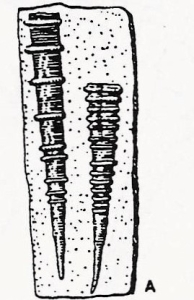
But one form we do commonly find is something of a mystery. Take a look at the strange creature in our illustration. It has a name; it’s called Tentaculites. But what on earth is it? That’s not obvious. A clam is a clam; a snail is a snail, but what is Tentaculites? We don’t have a good answer to that question; the animal is a puzzle. It was, no doubt an invertebrate and it must have liked tidal flats, we find so many of them there. But we will probably never figure out just exactly what it was. Do you have any ideas?
Contact the authors at randjtitus@prodigy.net. Join their facebook page at “The Catskill Geologist.”
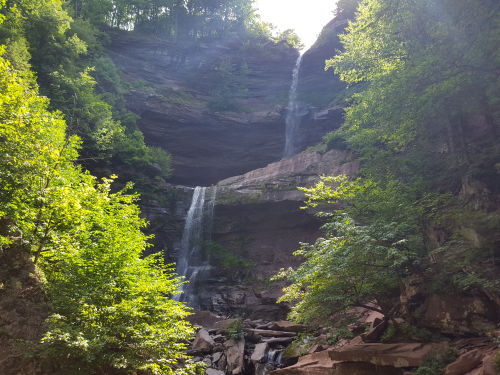

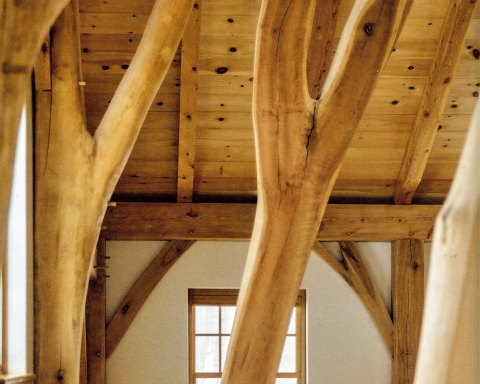
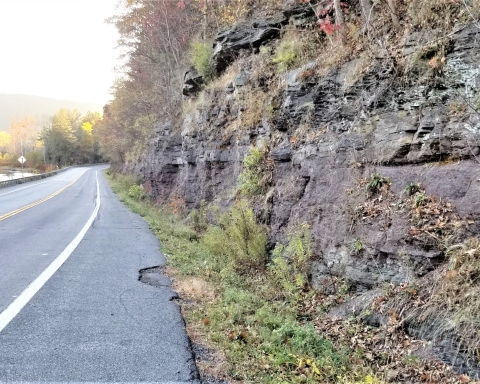
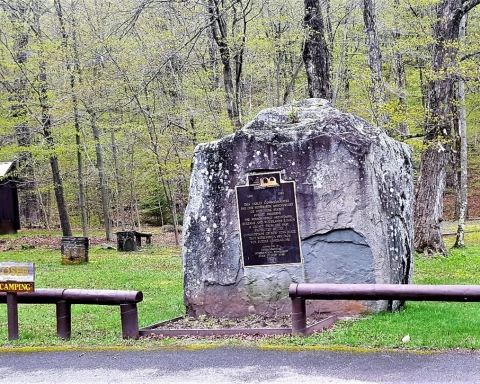

I have absolutely no idea what U should be saying here.